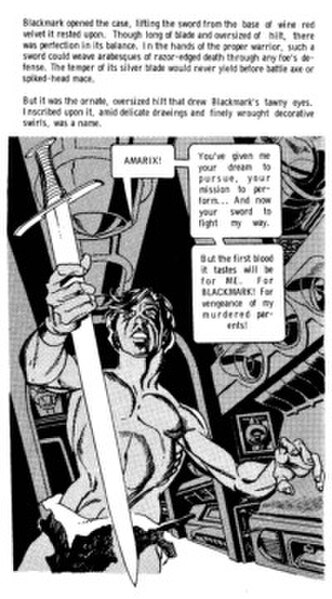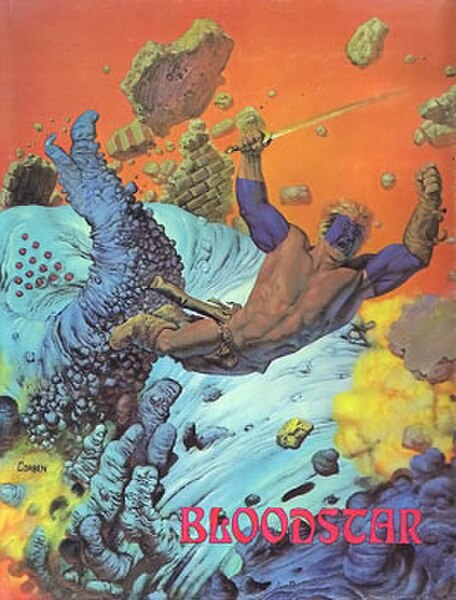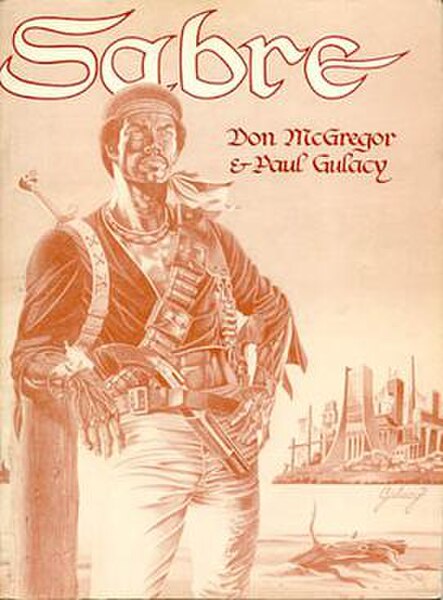Maus, often published as Maus: A Survivor's Tale, is a graphic novel by American cartoonist Art Spiegelman, serialized from 1980 to 1991. It depicts Spiegelman interviewing his father about his experiences as a Polish Jew and Holocaust survivor. The work employs postmodern techniques, and represents Jews as mice and other Germans and Poles as cats and pigs respectively. Critics have classified Maus as memoir, biography, history, fiction, autobiography, or a mix of genres. In 1992 it became the first graphic novel to win a Pulitzer Prize.
Cover of the first volume of Maus
Spiegelman visited Auschwitz concentration camp in 1979 as part of his research.
Journalist Piotr Bikont (left) set up a publishing house in 2001 to publish a Polish edition of Maus in the face of protest.
Spiegelman's use of cartoon animals, similar to those shown here, conflicted with readers' expectations.
A graphic novel is a long-form work of sequential art. The term graphic novel is often applied broadly, including fiction, non-fiction, and anthologized work, though this practice is highly contested by comics scholars and industry professionals. It is, at least in the United States, typically distinct from the term comic book, which is generally used for comics periodicals and trade paperbacks.
The digest-sized "picture novel" It Rhymes with Lust (1950), one precursor of the graphic novel. Cover art by Matt Baker and Ray Osrin.
Detail from Blackmark (1971) by scripter Archie Goodwin and artist-plotter Gil Kane
Bloodstar (1976) by Robert E. Howard and artist Richard Corben
Sabre (1978), one of the first modern graphic novels. Cover art by Paul Gulacy.








